The ancient villages of Jingmei Ancient Town, Chongming, Shanghai, are different from the old times on the island
Author:Ancient Village Time:2022.06.19
Shanghai, Chongming.
It is located in Haikou in the Yangtze River and is flat in the district. It consists of Chongming, Changxing, and Hengsha. Among them, Chongming Island is the world's largest estuary deposit island, and the third largest island in China after Taiwan and Hainan Island.
During the Five Dynasties and Ten Kingdoms period, Yang Wu and Qian's Wu Yue fought at the Yangtze River entrance. Jinghai Du Town contained Yao Yanhong to set up Chongming Town in Xisha in three years (937), and Chongming Shazhou began to be built.
On this island of Yangtze River, there are different styles. Let's take a look at the 4 most beautiful ancient villages and ancient towns in Chongming.
1 Grassya Ancient Village
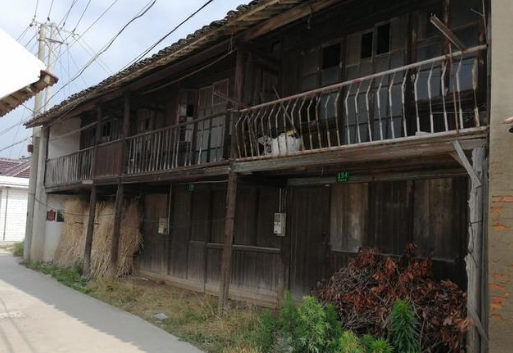
Caozhuang Village in Samsung Town is located in the west of Chongming, Lingjin Village in the north, Honghai Village in the south, Dong'an Village, Songlin, Haihong Port Village in the west, Haihong Port, and Baigang.

In the entire ancient village, there are many buildings in the village in the village. Most of the roofs are to thatch. The brick method is different from the traditional practice of Jiangnan. The practice of Jiangbei is traditionally called the "Rugao style". The upper shop door and the door unloading frame in the building. It reflects the characteristics of commercial streets of natural villages.
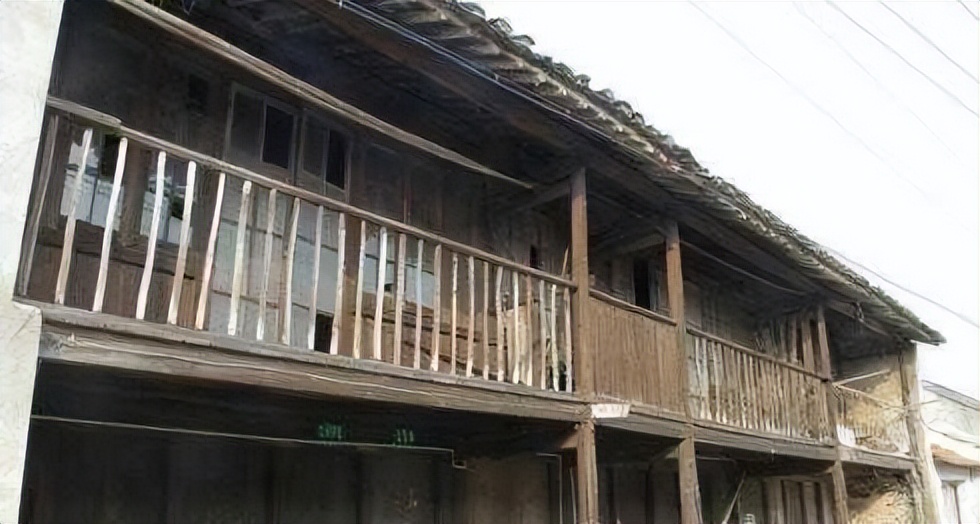
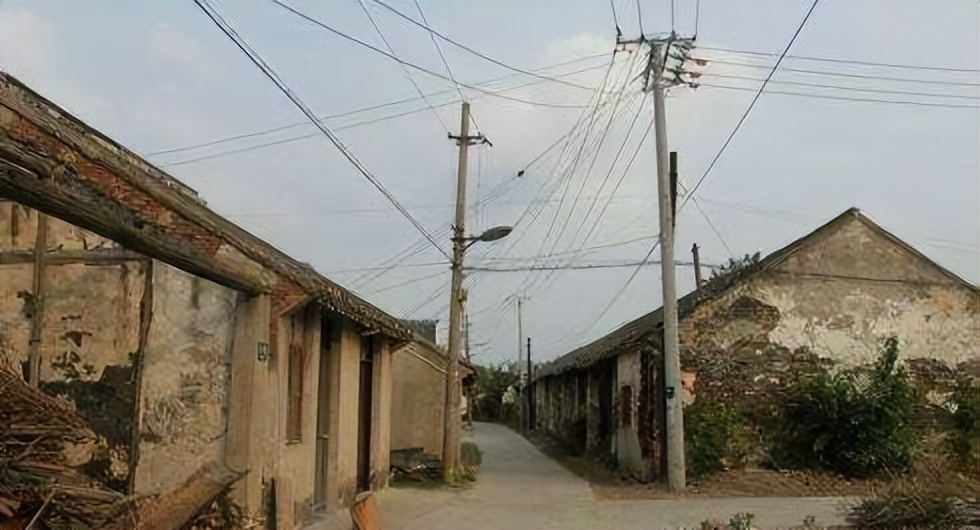
In the old days, the three brothers Huang moved from the temple town to the place, and made materials on the spot, and used straw, reeds, bamboo slices, etc. to form a straw shed, and sold groceries when the store was sold. Since then, villagers have come here to live and start buying and selling. A large number of poverty -stricken farmers were gathered around, and they lived in grass sheds, which were "grass shed town" here. By the 1940s, there were nearly 30 stores in the city, with 10 more scale.


After nearly a century of development, a local street has gradually formed a local street of about 400 meters long and width, and shops along the street are row. However, in the 1990s, with the transfer of the political center of the ancient town, the old street began to decline, and residents also left the ancient town.
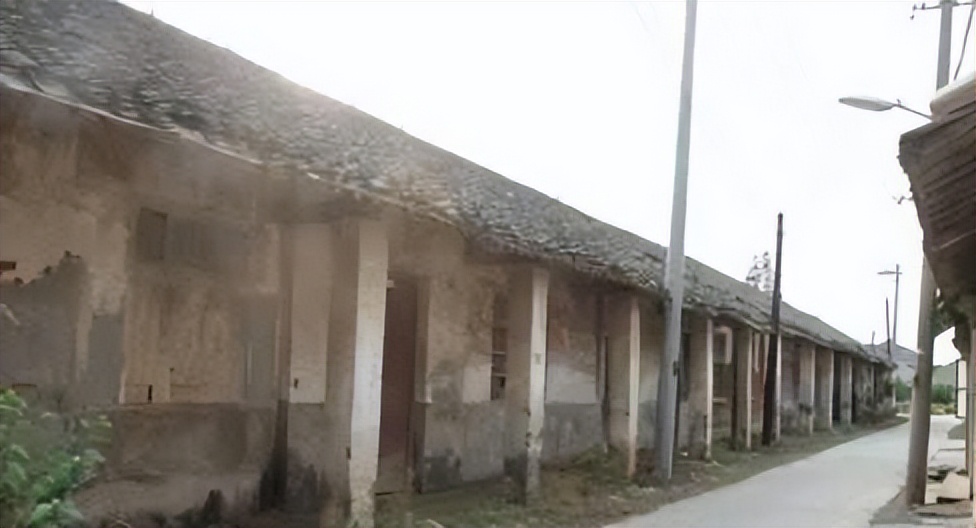
Today, tranquility and simplicity, retaining the ancient style, are also listed as a historic style protected area, waiting for repairing a new posture.
2 Fort Town Ancient Town
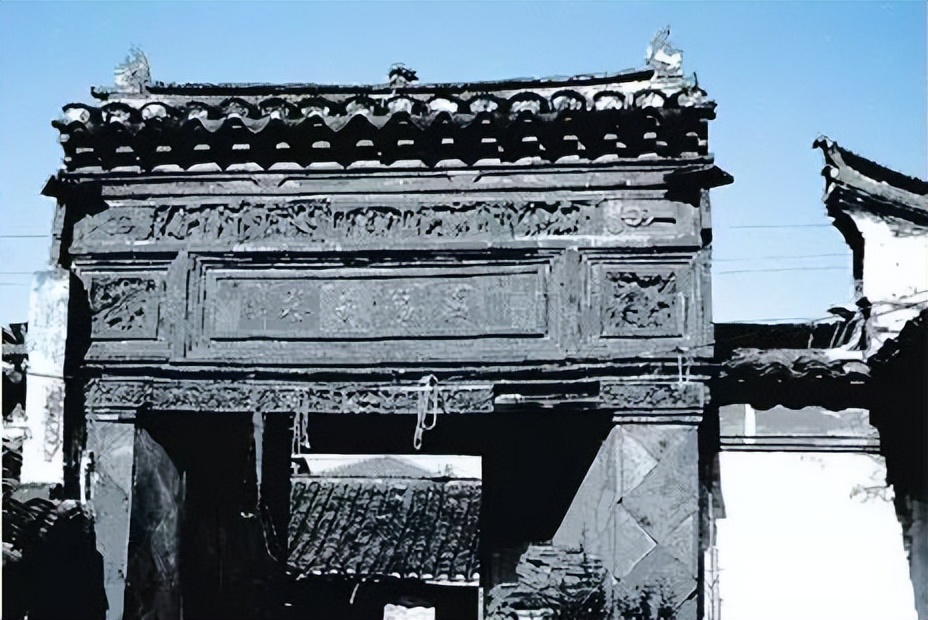
The castle town belongs to one of the four ancient towns of Chongming. According to legend, during the Yongle period of the Ming Dynasty, in order to fight against the infringement of the pirates, under the leadership of the court, the local villagers were built around the castle. Since then, the villagers have gradually lived along the castle and gradually formed a town.

The South Hengsin River divided it into two parts of the north and south, and was accustomed to the Town of Nantao and Beibao Town. A street liberation street in Beibu Town, the original lively far exceeded the current Nantao Town, Jiefang Qianbao Town was in Beibao. Until the Chase Factory settled in Nantao Town, it slowly started to decline here. The center arrived in the center. Nanbao Town.

The current old streets of Baozhen are mainly composed of Guangming Street, Zheng Street, and Jiefang Street. Most of the existing ancient buildings were built in the 1930s and 1940s. There were 5 buildings for more than a century, and 2 buildings with more than 200 years.
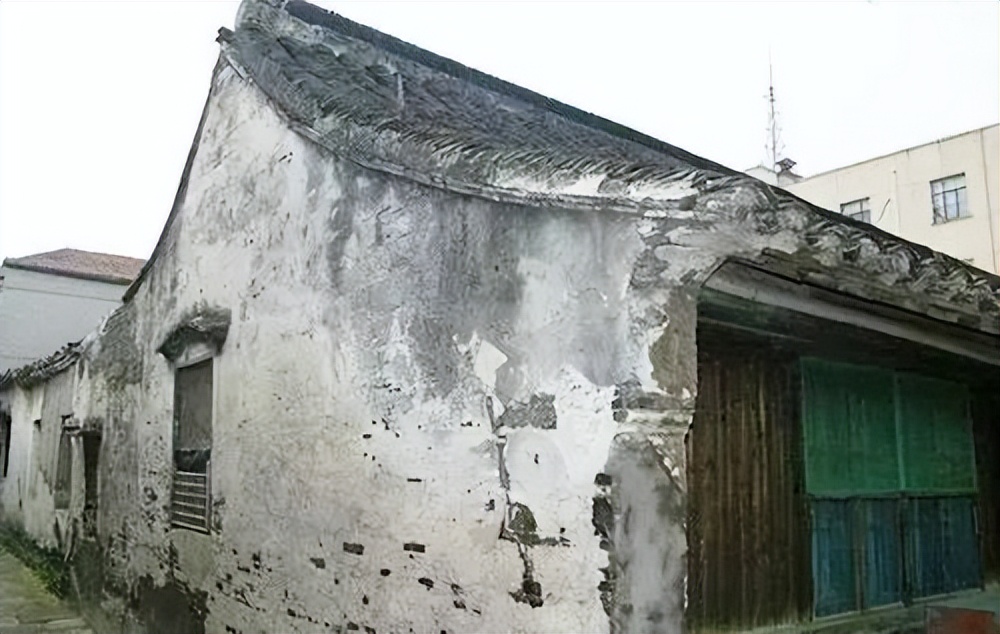
Today, there are 11 historical buildings in ancient towns. There are 5 ancient houses of more than a century. Among them, there are 2 buildings of more than 200 years. In the meantime, you can also see the special rotating wooden stairs and the western style of the unique balcony. It has the most traditional ancient town in Chongming.
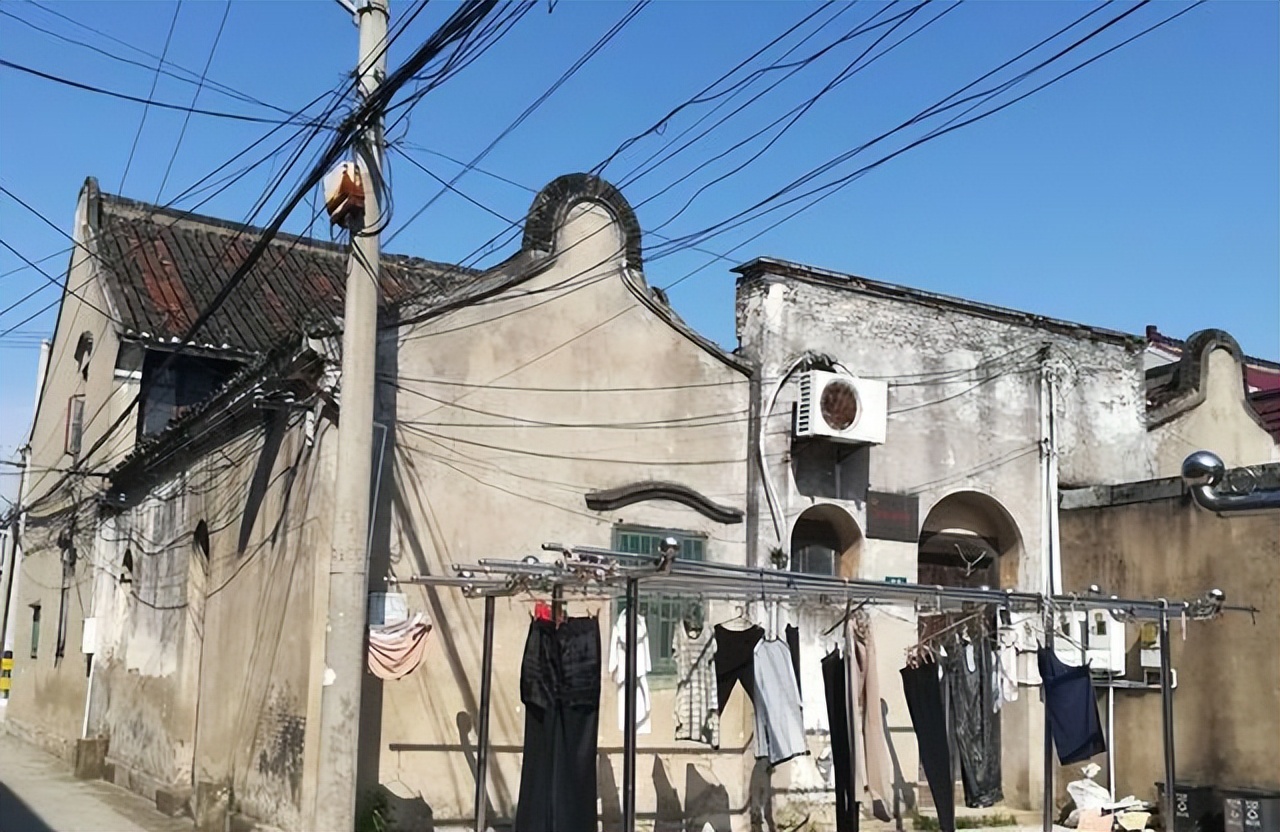
Walking in the ancient town, now you can also find exquisite brick -carving gate buildings, the stone archway of Chen Pingze's wife Gao's wife, the oldest 430 -year -old ginkgo tree in Chongming Island, etc., and have a different charm.
3 Jiangnan Sanmin Cultural Village
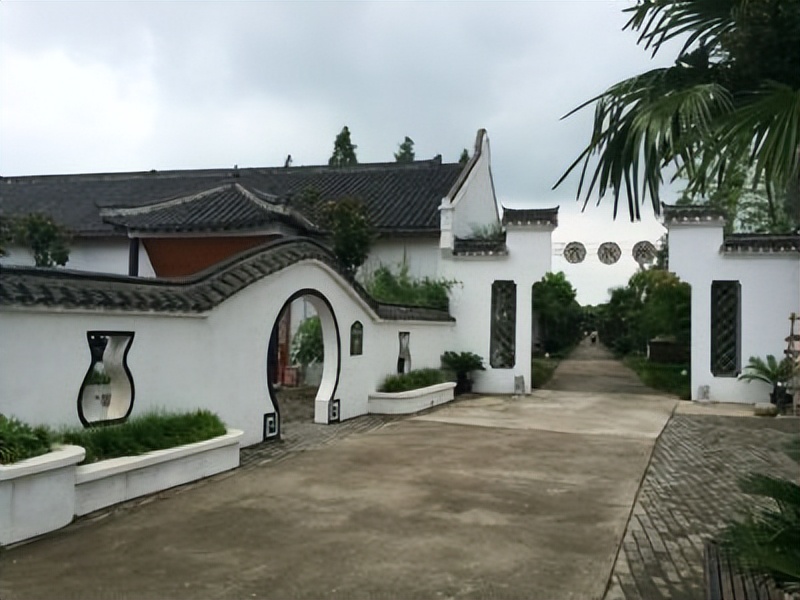
Jiangnan Sanmin Cultural Village is located in the northern part of Chongming Ecological Island. It is a cultural village that can see many folk collection. It is very close to the Activities Village and you can play together. There are many exhibition halls in the scenic area, which can be summarized as "what grandpa has, what father knows, things that children do not understand." Here, you can not only see the old smoke labels, Jiangnan carved beds, and dressing boxes, but also to understand the textile process of Chongming Tutu. In addition to visiting the exhibition hall, tourists can also experience some old activities here, such as stepping on water trucks, stepping on stilts, and pushing iron circles (paid separately), which can evoke many memories of people who have experienced that era. The treasures of the town hall in the cultural village are the "Chinese Dragon" in the Daniel of the Dragon Palace of China. In addition, the colored lights in the village in the evening are also a highlight.
4 Finance and Trade Village (Ni Yisheng Old Residence)
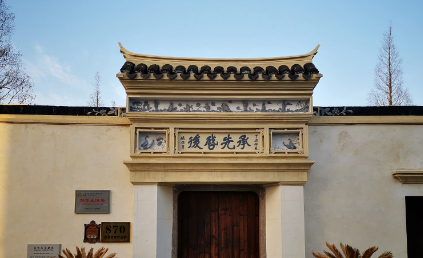
The village is mainly famous for Ni Yisheng's old residence. Ni Yisheng's old residence was built in 1927. The building covers an area of about 1,449 square meters and the building area is about 944 square meters. Except for the main entrance of the south, the residence has a ditch on three sides of the surrounding side. The main house is south to the south, and the four -entrance -three -hospital brick and wood structure has the highest "four -in -three heart" shape in the "Seting House Gully" type of house.
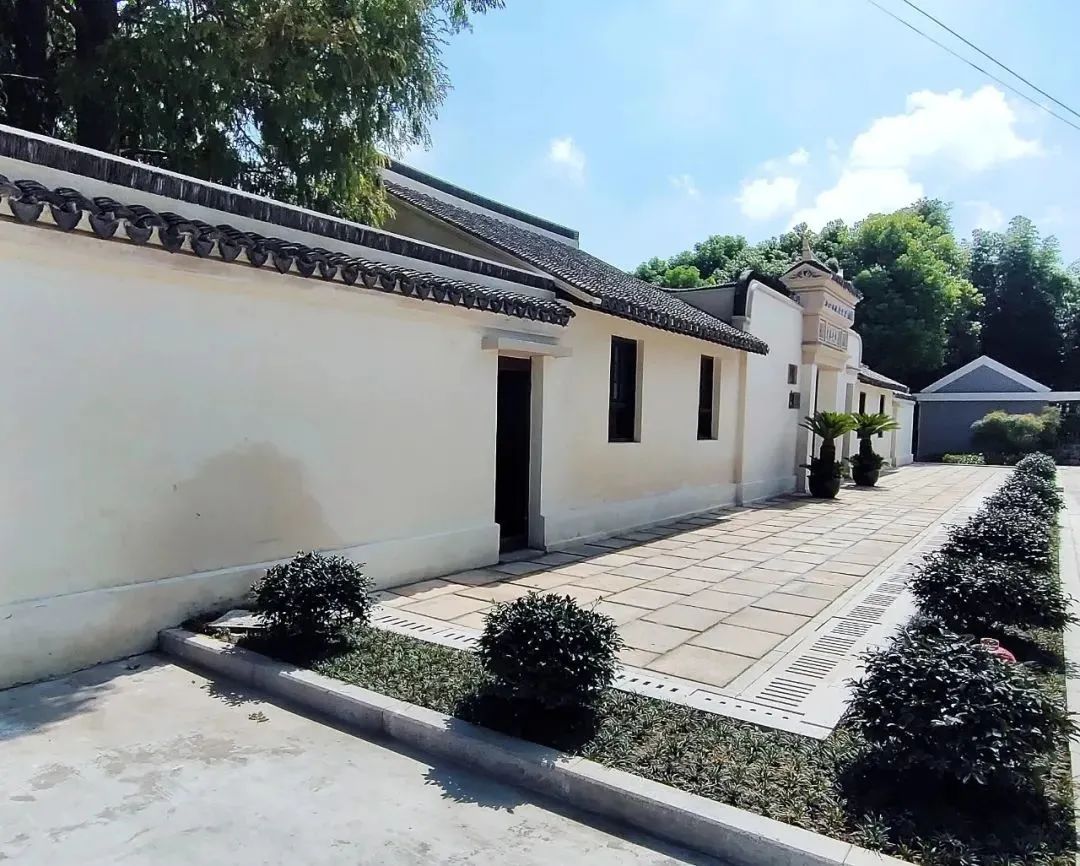
The entire building is working hard, and at the same time, it contains rich historical and humanistic value. It is listed as a non -mobile cultural relics in Chongming District, and was listed as the fifth batch of outstanding historical buildings in Shanghai in 2015. Throughout the mansion, the east, west, and north are used to protect the house, white powder walls, and hard mountains, small green tile roofs, and some houses of houses as Guanyin pockets.
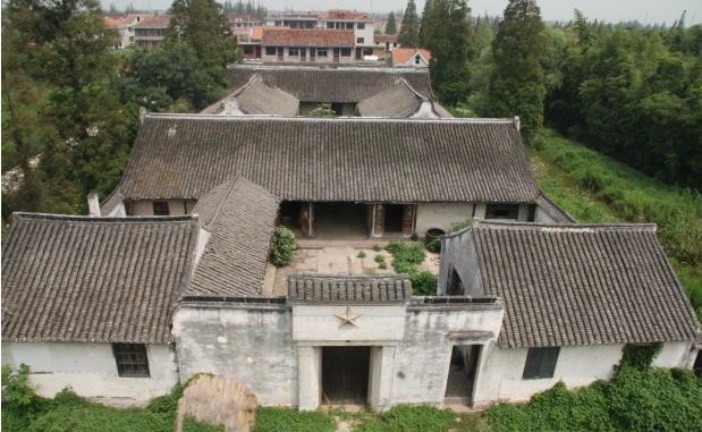
Among the big waves of history, the old residence has been used for troops to resident and gaulkhop. Now the recovery of the old residence allows future generations to find history through brick and tile beams.
Ancient Muchima Editor's self -network
- END -
"Festival" "can" "can" open carbon reduction "good recipes" for school -enterprise

In the summer, the temperature of the air conditioner can save 7%of the power savi...
The rainfall causes a number of rivers in Chongqing to rising 13 rivers to alert water level

At 18:00 on June 27, a reporter from Chongqing Daily learned from the Municipal Hy...